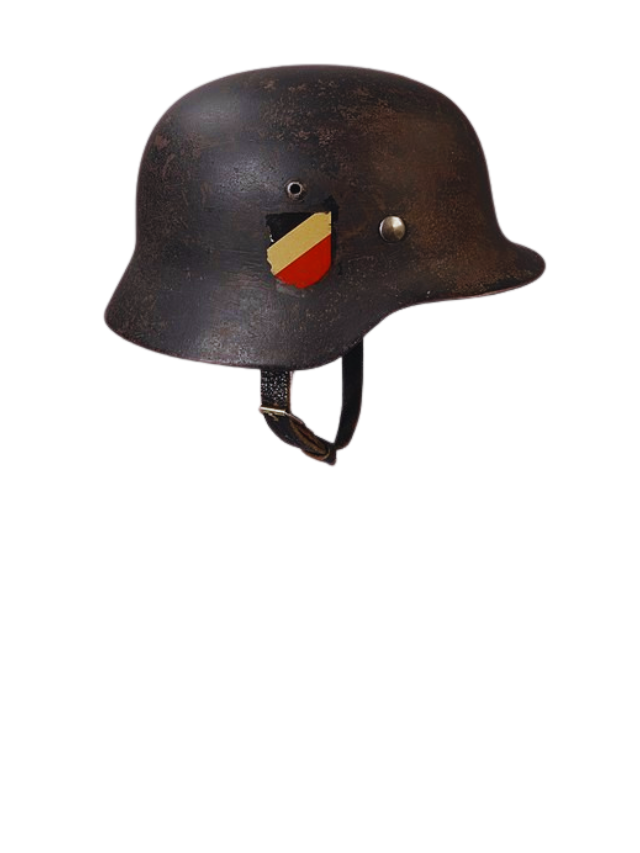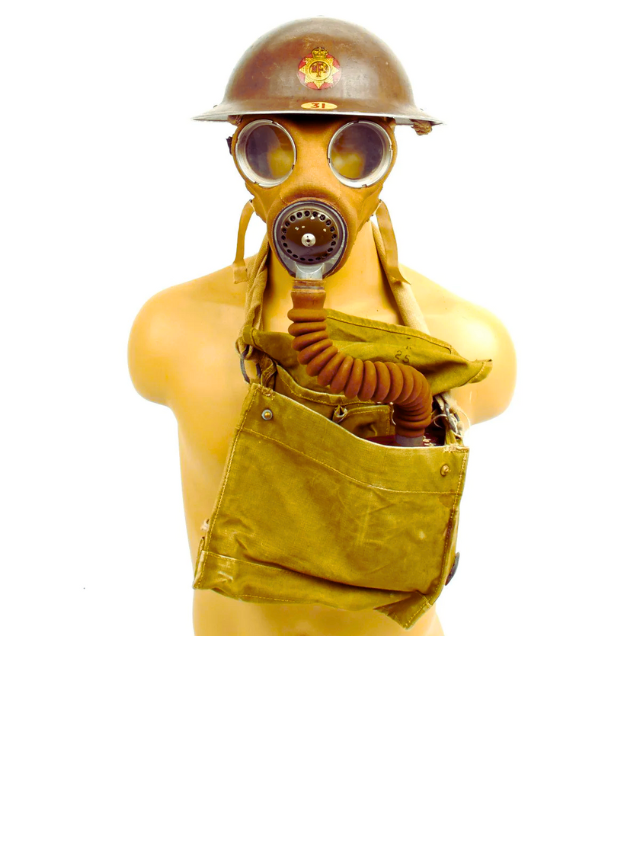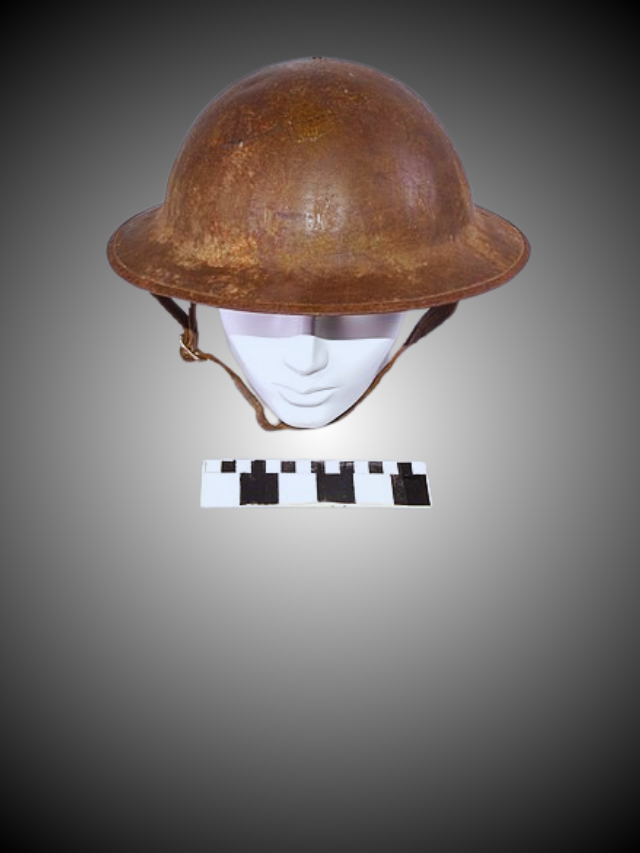Join us as we explore the fascinating history behind the top 10 oldest motorcycle helmets. Yes, here we come to see vintage motorcycle helmets that have demonstrated their rich heritage and enduring importance in the world of two-wheeled adventure.
- 1903 Excelsior “Motor Cap” (Leather & goggles, basic protection)
- 1914 Brodie Helmet (WWI army helmet, heavy & hot)
- 1920s “Mushroom Helmet” (Leather dome, limited protection)
- 1926 Bell 500 “Airborne” ($7.50, leather & cork, innovative ventilation)
- 1937 British Standard Helmet (£2, leather & fiberglass, improved safety)
- 1941 German M35 Stahlhelm (WWII military helmet, heavy & uncomfortable)
- 1953 Harley-Davidson Airflow ($39.95, fiberglass, streamlined & ventilated)
- 1954 Bell 500TX “Texas Cruiser” ($29.95, lightweight fiberglass, shorter visor)
- 1960s Shoei Full-Face ($50-$75, first full-face helmets, increased protection)
- 1970s Arai RX-7 ($100-$150, rounded aerodynamic shell, double-D chin strap)
1903 Excelsior Motor Co. “Motor Cap”: This leather cap with ear flaps and goggles is considered one of the earliest forms of head protection worn by motorcyclists. While not technically a helmet, it offered some basic protection from the elements and flying debris.
1914 Brodie Helmet: Originally designed for the British Army during World War I, the Brodie helmet was also adopted by some early motorcyclists for its sturdy steel construction. However, its weight and lack of ventilation made it far from ideal for riding.
1920s “Mushroom Helmets”: These leather helmets with a rounded dome shape were popular in the 1920s and 1930s. They offered more protection than earlier caps but were still quite heavy and lacked proper ventilation.
1926 Bell 500 “Airborne” Helmet: The Bell 500, made of leather and cork, was one of the first commercially available motorcycle helmets in the United States. It featured innovative ventilation holes and a detachable visor, marking a significant improvement in rider safety.
1937 British Standard (BS) Helmet: This leather helmet with a reinforced fiberglass shell was developed to meet new safety standards in the UK. It was widely adopted by both military and civilian riders and remained in use for many years.
1941 German Wehrmacht M35 Stahlhelm: Similar to the Brodie helmet, the German M35 Stahlhelm was also adapted for motorcycle use during World War II. Its steel construction offered good protection but, like the Brodie, it was heavy and uncomfortable.
1953 Harley-Davidson Airflow Helmet: This fiberglass helmet with a streamlined design and improved ventilation was a major leap forward in helmet technology. It became a popular choice for Harley riders and helped to set the standard for modern helmets.
1954 Bell 500TX “Texas Cruiser”: This lightweight fiberglass helmet with a shorter visor was another innovation from Bell. It was popular among sportbike riders and racers for its improved comfort and performance.
1960s Shoei Full-Face Helmets: Shoei, a Japanese company, introduced the first full-face helmets in the early 1960s. These helmets offered significantly more protection than earlier designs and quickly became the standard for racing and street riding.
1970s Arai RX-7 Helmet: Arai, another Japanese company, entered the helmet market in the 1970s with the RX-7. This innovative helmet featured a rounded, aerodynamic shell and a double-D chin strap, both of which are still common features on modern helmets.
Oldest Motorcycle Helmets Image Collections
Also Read: Top 10 Bobber Motorcycles Revving Global Attention!
It’s important to note that this is not an exhaustive list, and there are many other early motorcycle helmets that deserve recognition. However, these 10 examples provide a fascinating glimpse into the history of head protection for riders and the remarkable progress that has been made in just over a century.
- Image: Bing & Google Search
- Content Help: https://bard.google.com/
- Image Editing Support: Canva

My name is Mohan Raj. I graduated in Information Technology from Annamalai University College, Chidambaram, Tamil Nadu. Since my college days, I have been interested in blogging and writing. Today I am proudly self-employed and lead a team of five.












